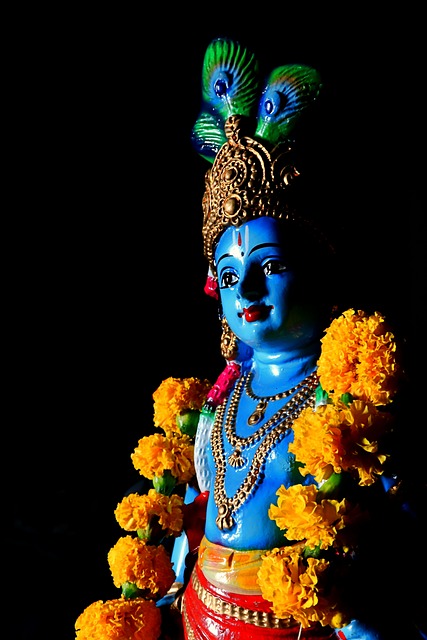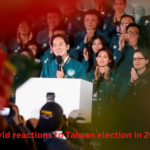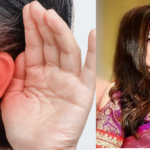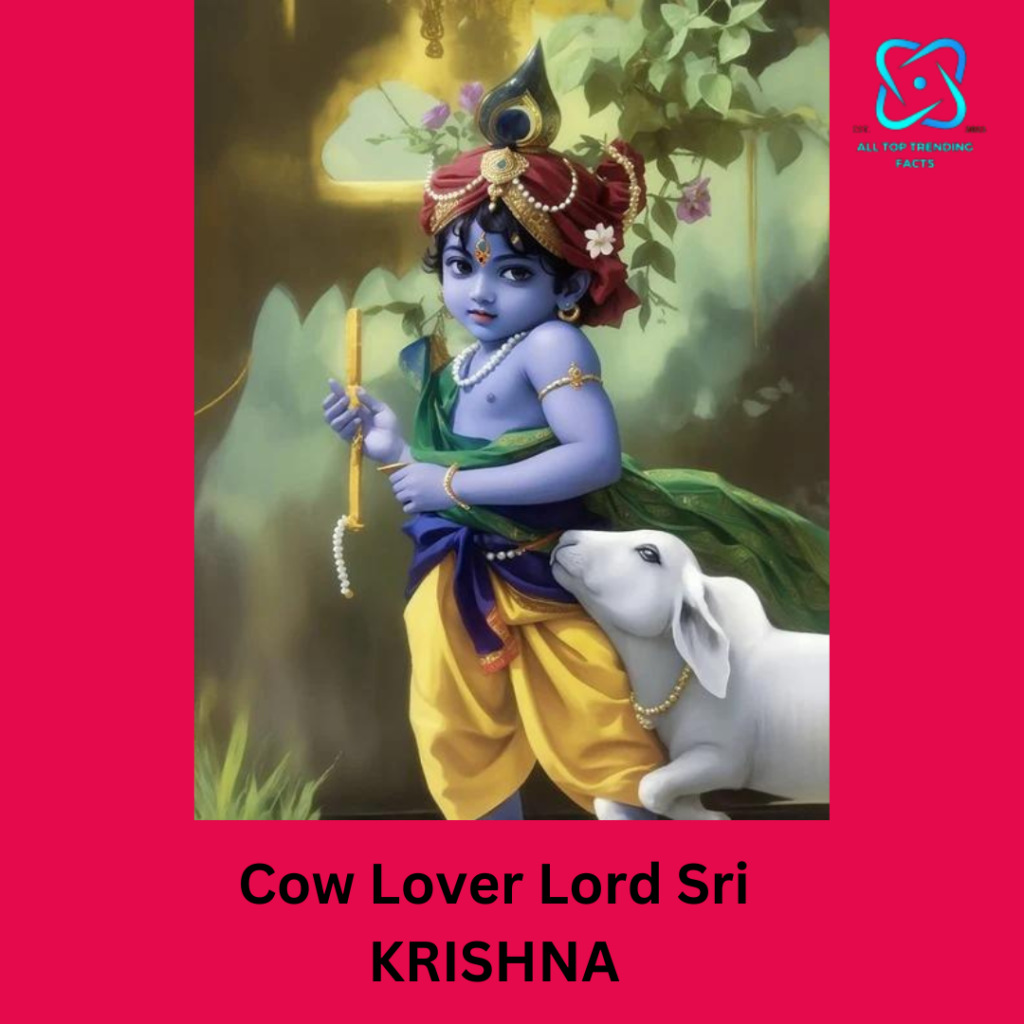
Krishna Janmashtami, sometimes called Gokulashtami, Janmashtami, or just Krishnashtami, is an annual Hindu festival that commemorates the birth of Krishna, the eighth avatar of Vishnu. The Sanskrit term for this festival is कृष्णजन्माष्टमी. Some Hindu scriptures, like the Gita Govinda, refer to Krishna as the ultimate God and the origin of all avatars.[5] On the eighth day (Ashtami) of the dark fortnight (Krishna Paksha), people rejoice and commemorate the birth of Krishna. This is known as Shravana Masa in the amanta tradition or Bhadrapada Masa in the purnimanta tradition. This falls within the Gregorian months of August or September.
It is a significant holiday, especially in the Hindu Vaishnavite religion.A celebration festival, the reading and recitation of sacred texts, dance and enactments of Krishna’s life as told in the Bhagavata Purana, devotional singing until midnight (the time of Krishna’s birth), and fasting (upavasa) are some of the festivities connected to Janmashtami. Both in India and elsewhere, it is frequently observed.
Meaning and Origin
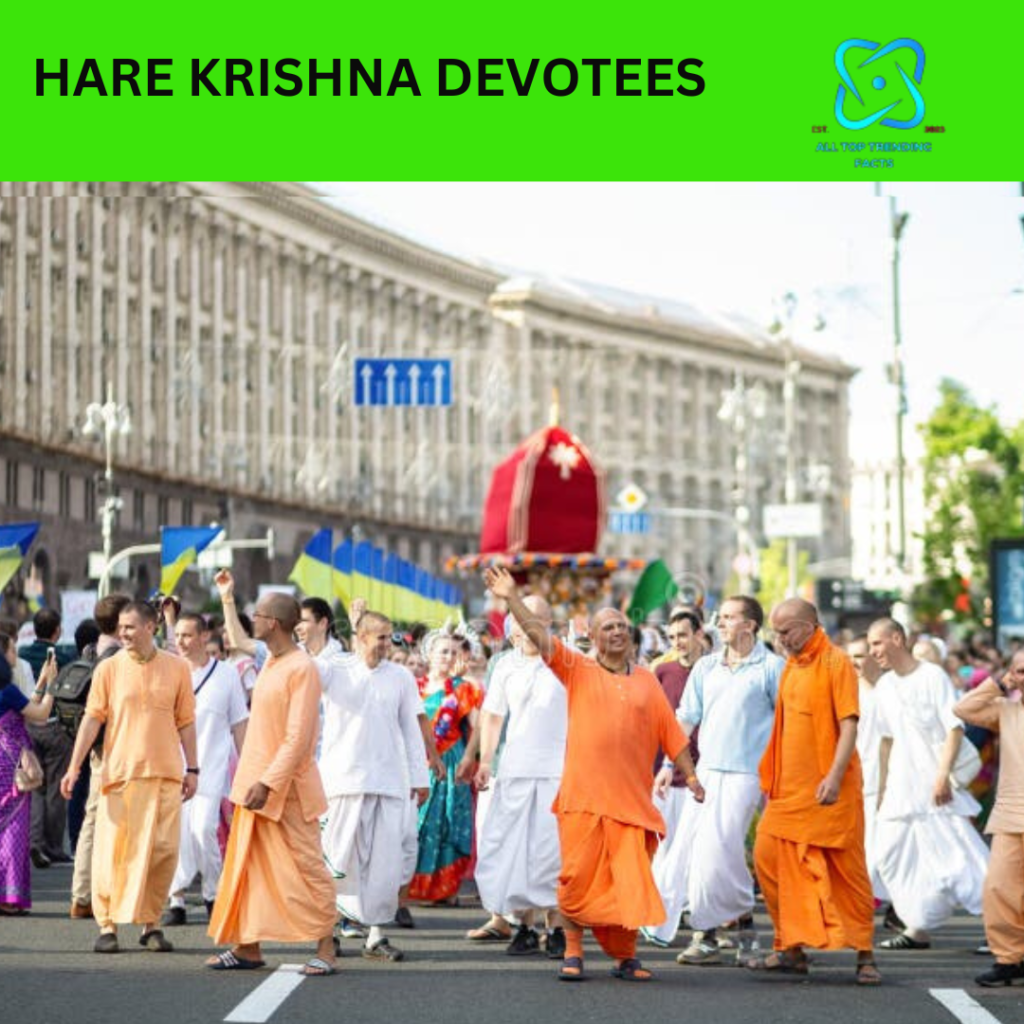
By dividing the sanskrit word “janmashtami” into the two terms “janma” and “ashtami,” its meaning can be ascertained. The celebration of Krishna’s birth on the eighth day of the dark fortnight (Krishna Paksha) in the month of Bhadrapada (August–September) is known as Krishna Janmashtami because the words “janma” and “ashtami” signify birth[10] and eight, respectively.
Observance and festivities
In certain areas, stories of Krishna as a Makkan chor (butter thief) are celebrated which is another of The Best Significance of Krishna Janmashtami in Hindu Mythology as well as Hindu Soceity.
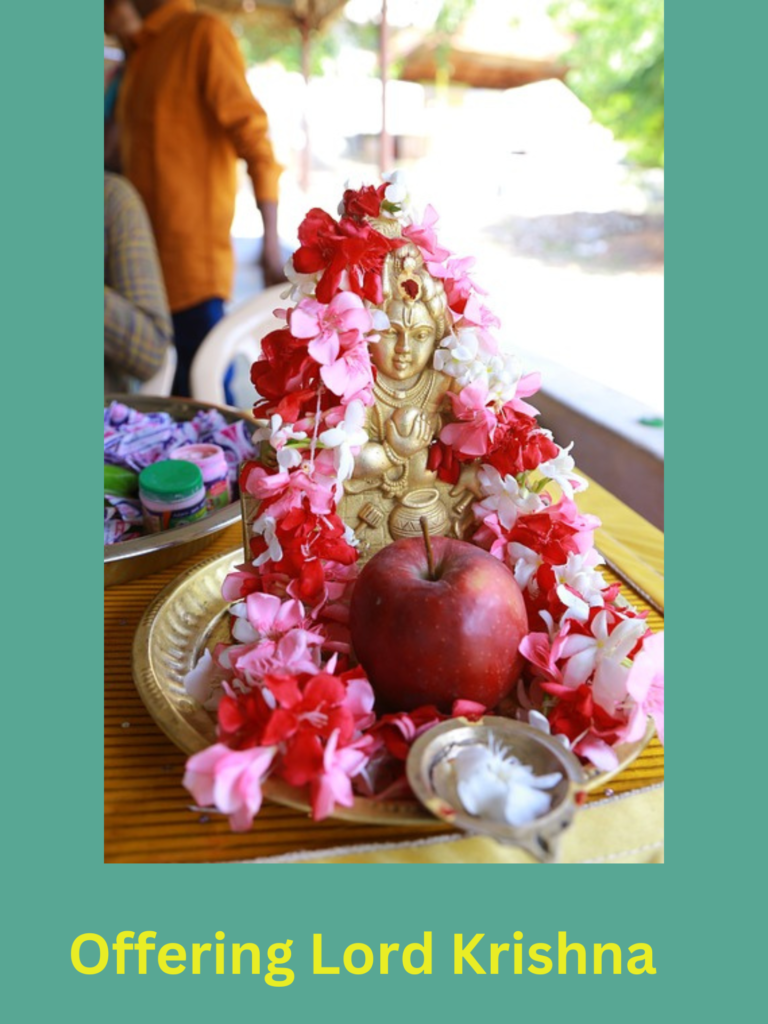
For Hindus worldwide, Krishna Janmashtami is a very important day that is observed in a variety of ways based on local and cultural traditions.[16][6] To commemorate Janmashtami, Hindus observe nightly vigils, fast, sing, pray, prepare and share special meals, and visit temples dedicated to Krishna or Vishnu. Travellers make pilgrimages to Mathura and Vrindavan.[8] A few mandirs arrange for the Bhagavad Gita to be recited in the days preceding Janmashtami.[17] Rasa Lila or Krishna Lila are dance-drama festivals that are organised by numerous northern Indian villages.[14] The Mathura region, northeastern Indian regions like Manipur and Assam, as well as several areas of Rajasthan and Gujarat, are especially known for their Rasa Lila culture. These drama-dance productions start a few days before each Janmashtami and are performed by countless groups of amateur performers, who receive enthusiastic support from their local communities.[18][19] People use lights and flowers to adorn their homes.[20] The phrase “Hare Krishna hare Krishna, Krishna- Krishna Hare Hare” is chanted on this day. The next day is dedicated to the festival of Dahi Handi, which comes after Janmashtami.
Krishna is born at midnight, and his forms are cleaned, dressed, and laid in a cradle. After then, the believers share food and desserts to break their fast. In order to symbolise Krishna’s entry into their homes, women create little footprints outside their kitchen doors and houses.
Celebration of Krishna Janmastami in West Bengal and Odisha
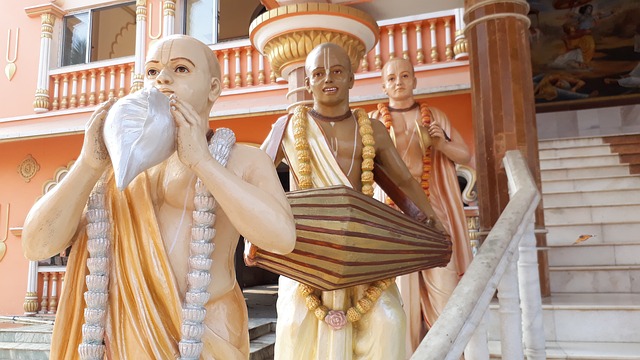
In the Odia family, Janmashtami Puja. It is also known as Sri Jayanti or Sri Krishna Jayanti in the eastern state of Odisha, mostly in the vicinity of Puri and in Nabadwip, West Bengal.[54][55] In observance of Janmashtami, people fast and worship till midnight. The tenth chapter of the Bhagavata Purana, which is devoted to Krishna’s life, is read aloud. The joyful celebration of Nanda and Yashoda, Krishna’s foster parents, is known as “Nanda Ucchhaba” on the next day. On the whole day of Janmashtami, devotees continue their fast. When they perform their abhisheka ritual, they carry water from the Ganga to bathe Radha Madhaba. At midnight, a big abhisheka is offered for the little Radha Madha. During Janmashtami, the Jagannath Temple in Puri, Odisha, which is well-known for its elaborate Ratha Yatra celebrations, holds a Ratha Yatra.
References :
- “National Portal of India”. www.india.gov.in. Retrieved 3 August 2020.
- ^ “National Portal of India”. www.india.gov.in. Retrieved 3 August 2020.
- ^ “National Portal of India”. www.india.gov.in. Retrieved 3 August 2020.
- ^ “National Portal of India”. www.india.gov.in. Retrieved 3 August 2020.
- ^ Jump up to:a b c d e f g h i James G. Lochtefeld (2002). The Illustrated Encyclopedia of Hinduism: A–M (PDF). The Rosen Publishing Group. ISBN 978-0823931798.
- ^ Jump up to:a b c d e f J. Gordon Melton (2011). Religious Celebrations: An Encyclopedia of Holidays, Festivals, Solemn Observances, and Spiritual Commemorations. ABC-CLIO. p. 396. ISBN 978-1-59884-205-0.
- ^ Jump up to:a b c Edwin Francis Bryant (2007). Sri Krishna: A Sourcebook. Oxford University Press. pp. 223–225. ISBN 978-0-19-803400-1.
- ^ Jump up to:a b Bryant, Edwin (2007). Krishna A Sourcebook. Oxford University Press. pp. 538–539.
- ^ “In Pictures: People Celebrating Janmashtami in India”. International Business Times. 10 August 2012. Retrieved 10 August 2012.
- ^ “Janma: English Translation of the Sanskrit word: Janma– Sanskrit Dictionary”. sanskritdictionary.org. Retrieved 3 May 2023.
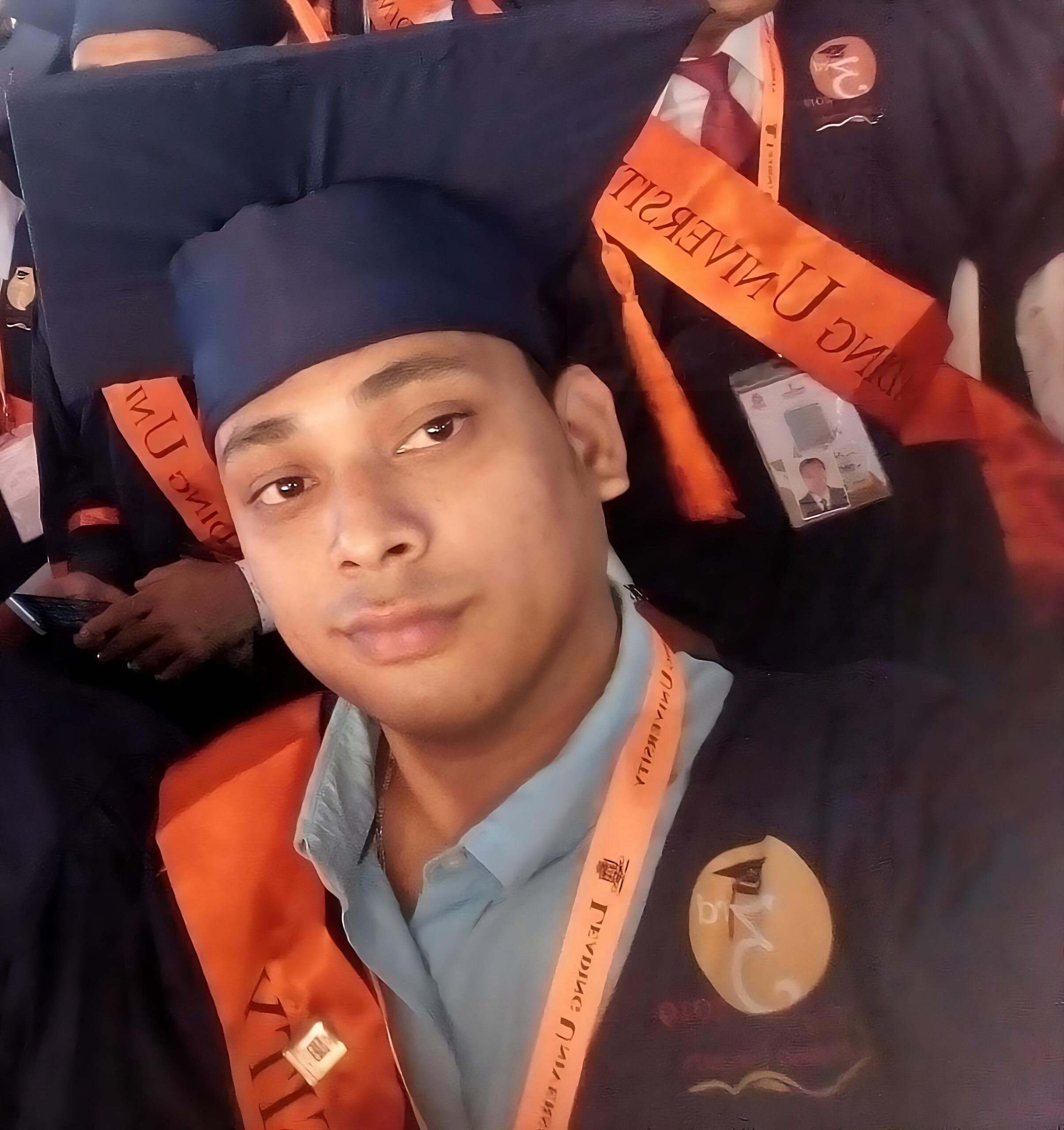
“Hello Everyone” Myself Joydip DN, and I Live in Sylhet And I am a Seasoned Digital Marketer, Accomplished Content Writer, Experienced Blogger And Combines A Wealth of Experience In Online Marketing Trained From Freelancer Lab Academy, With A Strong Linguistic Proficiency, Evident In My Impressive IELTS Band Score. Holding An, MBA With A Major In Management Information System(MIS) From Leading University. I Am(Joydip) Seamlessly Integrates Strategic Business Insights With Technological Acumen To Deliver Organic And Impactful And Results-Driven Content In The Dynamic Digital Landscape.”

